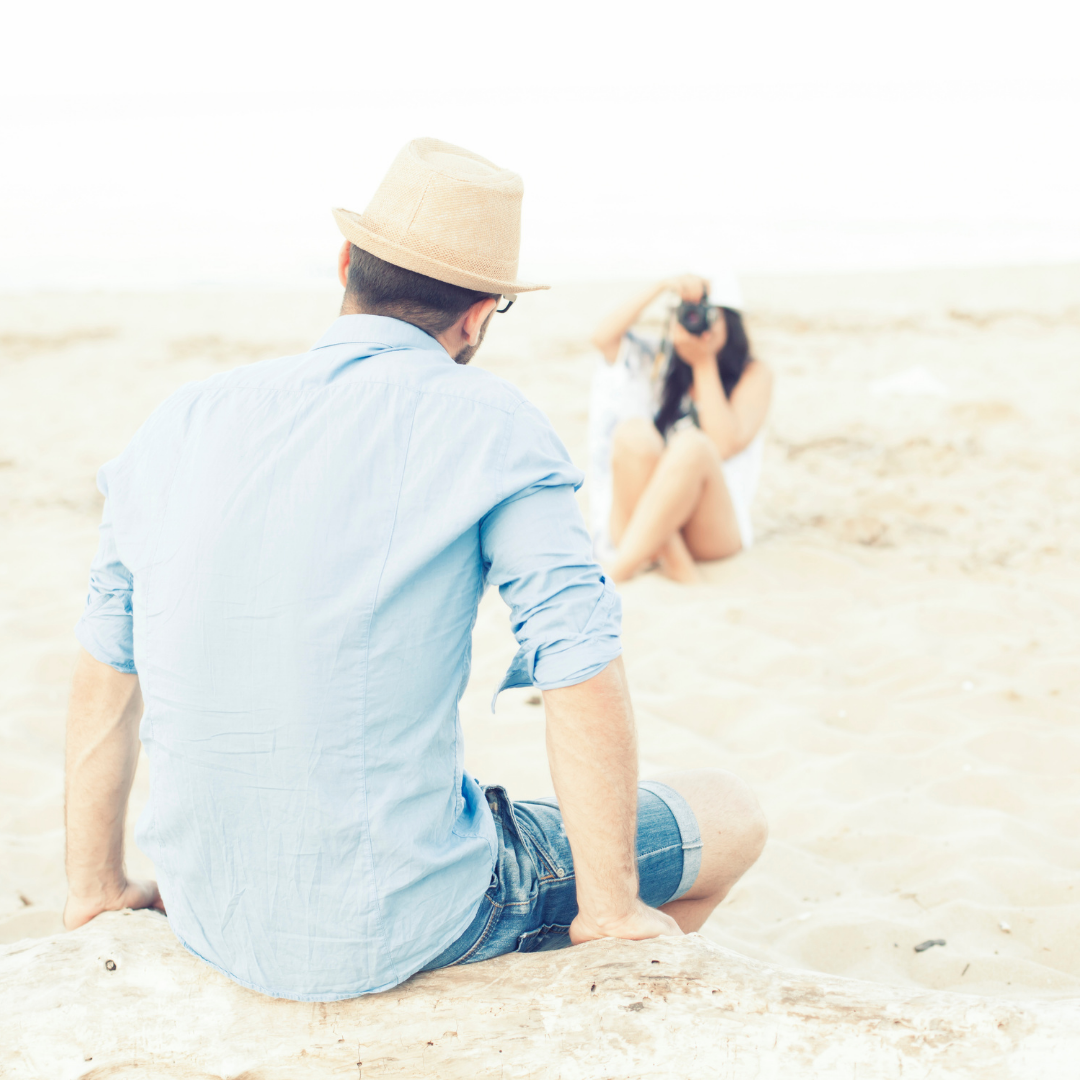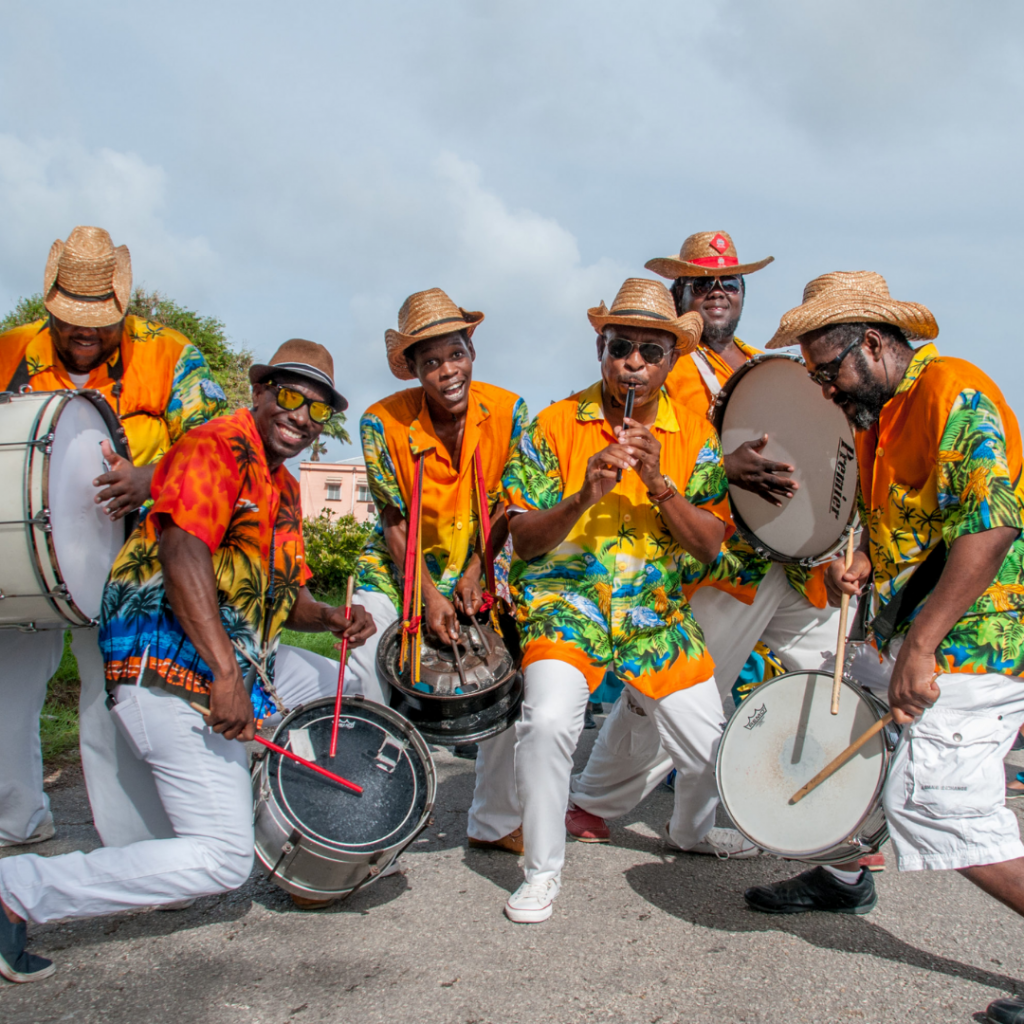It is the dream of every professional or amateur photographer to have their work displayed on a calendar. It is one way to showcase talent to have taken a photograph that will be seen and enjoyed by someone for a whole month. To have captured an image that perfectly represents that particular time of the year. Whether it shows the warmth of paradise, the randomly falling leaves of autumn, or the snowy arctic scene everyone associates with winter. To take this picture, however, requires a combination of talent and having the best equipment.
A camera, for calendar work, should be capable of taking an image that will maintain its sharpness after being enlarged to a scale the calendar’s recipient can admire. Any blurred aspects of a photograph should be because of an effect that is meant rather than a mistake that is not.
So, let us think about how best to take calendar shots, considering the techniques required and then the equipment needed.
Planning a Calendar Shoot
You will need to formulate a plan and work a year in advance if you are planning to take images that will ultimately end up on a calendar that covers 12 months of the year. What you take this year will become next year’s calendar. The only thing against you might be the unpredictability of the weather. Also, that you cannot determine when snow might fall, if at all. For this reason, you may have to consider visiting different countries, perhaps out of season for you, so that you have a whole calendar of shots. This is if your calendar is to be about landscapes and nature. Any other theme will not present a problem in that it is not season-influenced and merely a theme of say cars or pets for a calendar.
Tips for Taking Good Photographs
When taking shots outdoors, it is important to consider the sun and the shadows it is creating. Also, that you may want to use a flash outdoors as well as indoors so that any dark areas will be lit. These can occur underneath trees, for instance. You have to balance whether it is natural or artificial that lights your subject best.
It is important to know what the distance of your flash is because it does have a range. When using a camera with more settings, and by using an external flash, you will have more control.
With an aperture setting of f3/5, the range of a built-in flash is likely to be 12 feet, compared to external flashes that provide the photographer with 50 feet. A flash’s power should never be over-estimated. It has the power to light a whole scene but the light will start to fall away further it is from the camera. This will mean that specialist cameras will be required if you want to, for instance, make the moon a subject of your calendar image.
To calculate a flash distance, as a guide, you multiply the guide number (such as 8 from f/8) by 10 feet (if that is your subject distance), and you will end up with GN 80 (feet units).
With a calendar particularly, a plain background can look effective so that the subject shows up. This might be better achieved indoors.
Equipment
Be aware that the most important part of a camera is its lens. It will bring the light to a focal point that is fixed, and in so doing, to either a film strip or, in the case of digital or mirrorless cameras, directly onto a digital sensor. So, choose your accessories such as lenses wisely to satisfy a budget and how much you want to carry with you on outdoor shoots.
In terms of the different types of lenses available, they will have different uses, depending on what you are looking to include on a calendar. A short telephoto lens (85-135mm) will be useful for portraits and street photography, a medium telephoto (135mm+) for wildlife, sports, and action shots, a super-telephoto (300mm+) for distanced sports and photographing the sky at night, and a macro lens (35mm-200mm) for shooting close-ups.
Tripods still provide the best form of image stabilizer. They can be used to eliminate camera shake where the ground is flat enough. The slightest amount of camera shake will be magnified when zoom lenses are used.
Camera straps not only prevent you from dropping the camera and anything that is fitted to it but mean that it is close to hand should a surprise image come your way while on location. You will be able to react to it quicker. Sometimes it is about capturing something that nobody else has been ready for. The beauty of digital cameras is that you can manipulate the image more easily afterward to compensate for having to take the shot quickly, and so unable to give as much thought as you normally would to its composition.
To summarise, a good calendar is put together by a photographer’s planning, their knowledge of lighting and flash photography, and by using equipment capable of keeping a subject in focus no matter how far away they are from it and how much it is enlarged.



